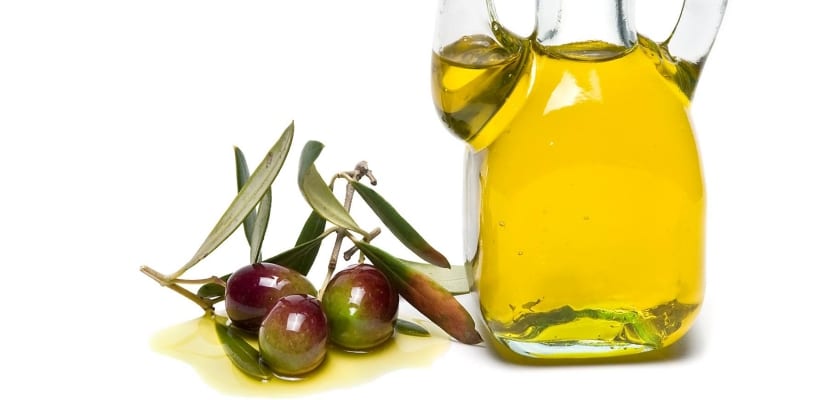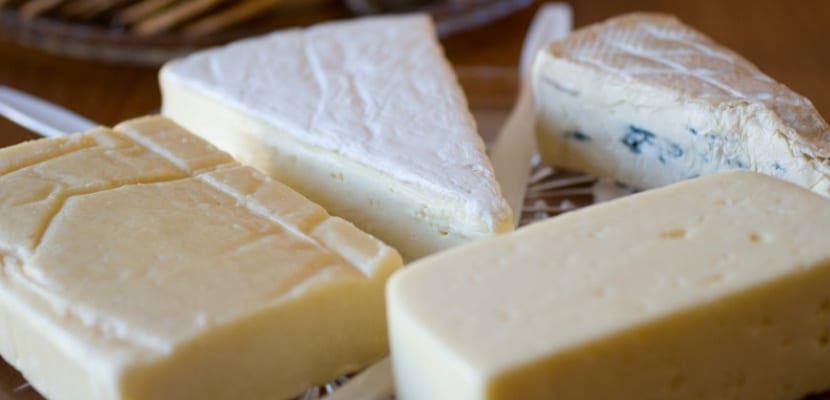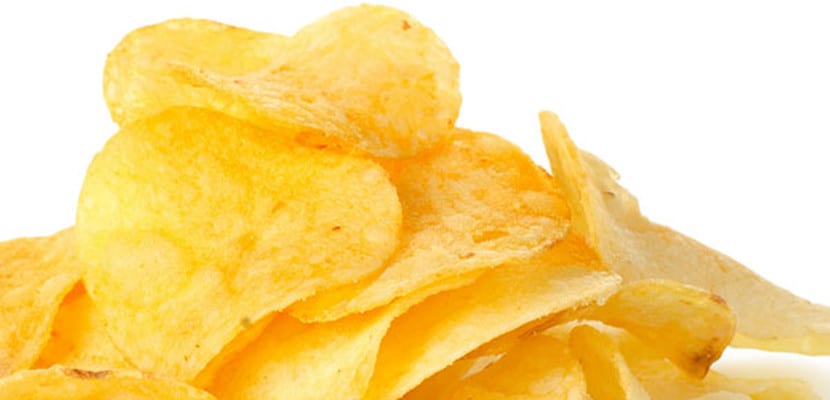
Foods high in fat can lead to weight gain, as well as raise cholesterol levels. However, it is important to differentiate between healthy fats and bad fats.
Fats, which can be of both plant and animal origin, are divided into mononisaturated, polyunsaturated, saturated and trans. Monounsaturated and polyunsaturated are considered good, while saturated and trans are bad.
Do fats make you fat?
If we compare them with the rest of the nutrients, in effect, fats make you fatter. One gram of fat contains twice the calories as the same amount of protein or carbohydrates. This data does not mean that they are the enemy (seeing them like this is a mistake, especially when it comes to healthy fats), it only indicates that it is a good idea not to abuse them.
Being aware of this fact also sets the strategy for losing weight. Given its higher caloric intake, cutting back on fat in the diet is more effective than cutting back on protein or carbohydrates.
Healthy fats
When it comes to healthy fats, they can be monounsaturated and polyunsaturated. You will recognize them because they tend to remain liquid at room temperature..
Foods full of good fats are considered beneficial for heart function. Studies suggest that including them in the diet reduces the risk of developing heart disease. They would also have anticancer effects. Also, it should be noted that they keep you full for longer, which helps you snack less between meals, and does not raise bad cholesterol.
Where are they found?

Mono and poly fats tend to be found in vegetables, as well as some fish. The following are foods rich in each of them:
Monounsaturated fats
- Olive, canola, sunflower, and sesame oil
- Avocado
- A wide variety of nuts and seeds
Polyunsaturated fats
The famous omega 3 and omega 6 fatty acids are polyunsaturated fats:
- Soybean, corn and safflower oil
- Fatty fish (salmon, mackerel, herring ...)
- Some nuts and seeds
Bad fats
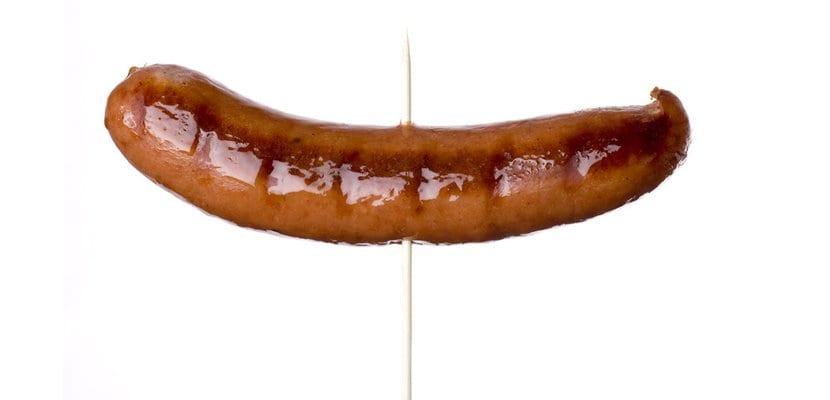
These types of fats can be saturated and trans. A trick to recognize them is that tend to remain solid at room temperature. Naturally, the fat is not always in view while shopping. For packaged products, consider always checking the labels for a chance to avoid them.
Foods high in bad fats increase the risk of obesity and raise levels of LDL cholesterol or bad cholesterol. Trans fats not only raise LDL cholesterol, but they also lower HDL or good cholesterol. They have also been linked to an increased risk of cancer.
Where are they found?

Saturated fats
These come mostly from animal sources, but there are also vegetables that contain them.
- Red meat and processed meats (pork, sausages, cold cuts ...)
- Dairy (cheese, whole milk, ice cream ...)
- Palm oil
- Coconut oil
- Butter
- Pastries
- Crisps
- Industrial sauces
- Pizza
Trans Fat
To its harmful effects it must be added that are almost always hidden in processed foods, which makes them an invisible enemy. Most are produced industrially through vegetable oils:
- Pastries
- Margarine
- Potato chips and chips
- Fried food
- Cereals
Should we eliminate fat from the diet?
It is not necessary to completely do without fats in food. Instead, experts advise putting into practice another strategy that is smarter and easier to carry out: replace bad fats with good fats. The following are some ideas to help you put this strategy in motion:
- Swap red meat for fatty fish, legumes, or skinless poultry, such as chicken and turkey
- Consume more nuts and seeds
- Cooking with vegetable oils instead of butter and other solid fats
Naturally, fat continues to be fat, although it has beneficial effects, so, in order not to gain weight, it is necessary to consume foods rich in healthy fats using moderation.
On the other hand, if fast food foods like pizza or ice cream are among your favorites, you can keep them in your diet as a weekly reward despite being rich in saturated fat. The rest of the week try to prioritize salads, nuts, fruit, and legumes.
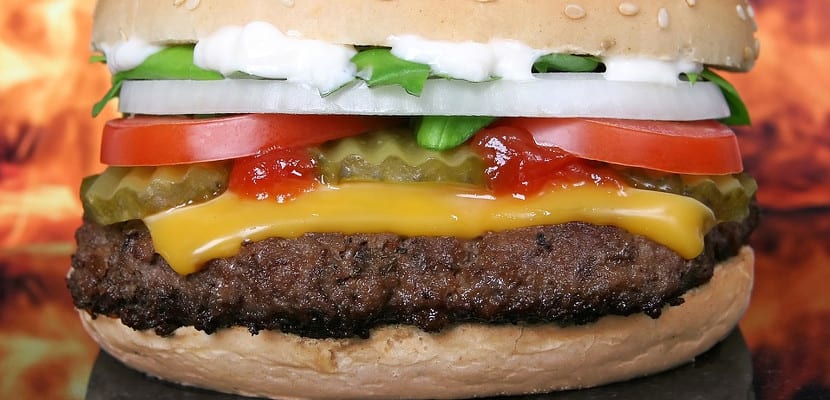
Choose low-fat dairy
You can also minimize the amount of saturated fat you eat each day by choosing low-fat varieties of your favorite dairy. Look for things like "low-fat," "skim," or "semi-skimmed" on labels. to ensure a lower fat intake when you eat foods belonging to this food group.
Change the way you cook
Stopping frying can help you cut back on fat. Use cooking techniques such as the grill or the oven to prepare delicious and healthy dishes with your meats and vegetables.

